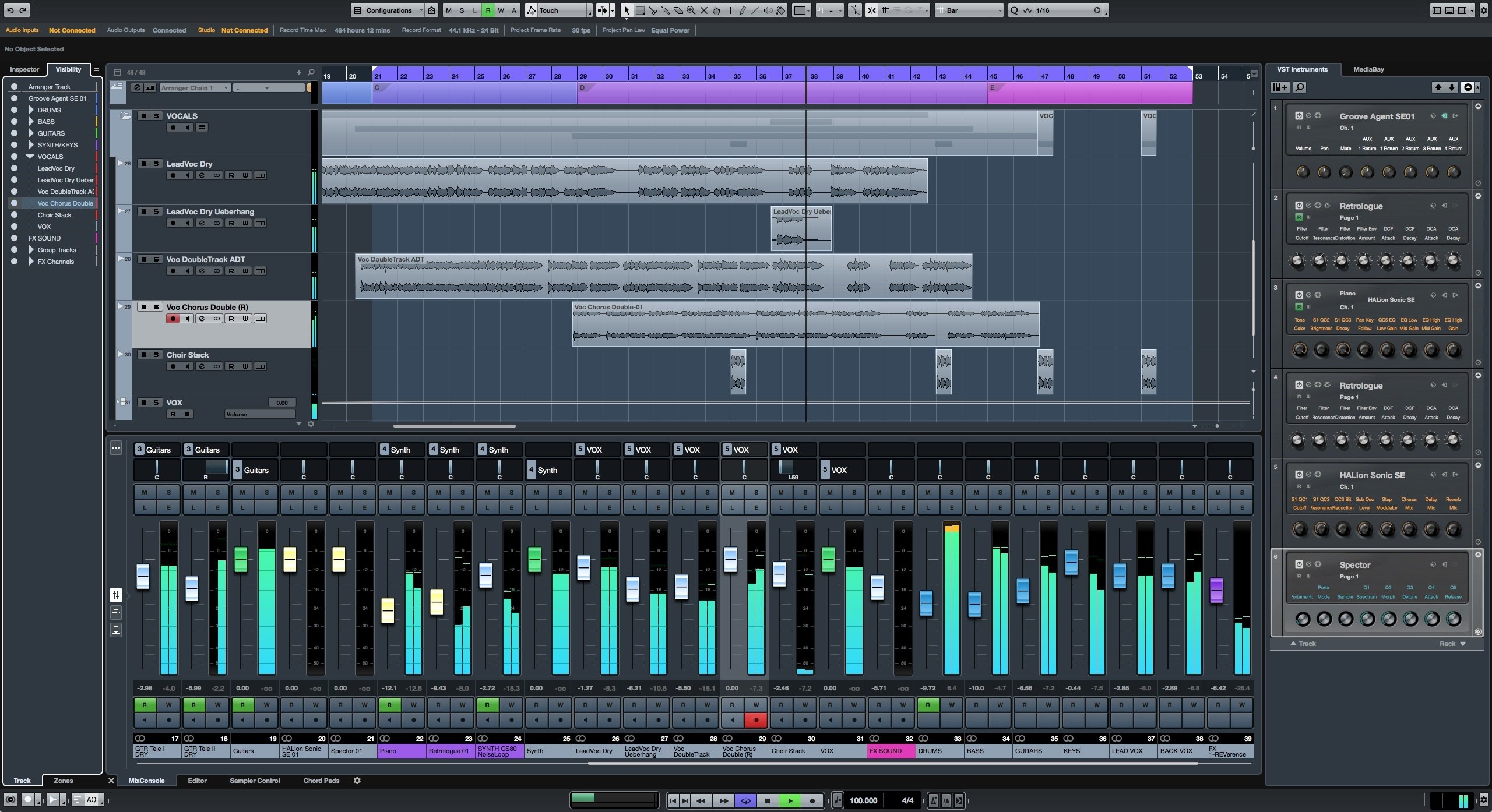Here's how to test your MIDI setup with the Audio MIDI Setup app.
Midi Studio Free
Compared to other MIDI over LAN or IP-MIDI solutions, this driver is based on an open standard. As the driver has been designed to be compatible to the network-MIDI included in every Mac since OS X 10.4 and every iPhone/iPad since iOS 4.2, you can also connect to Macs or iPhone / iPad apps that have been designed to use the Core-MIDI framework. MacOS 9 MacOS 9+10 MacOS 10 PPC MacOS 10 PCC+Intel MacOS 10 Intel Freeware Commercial Software. Compatibility This is a firmware update for MPC X and MPC Live hardware. Downloading the Update To download the 2.2.3 Firmware Update, navigate to the MPC X or MPC Live product page and click on Downloads to find the Mac and PC download links: MPC Live product pageMPC X product page For instructions on installing the update, please visit our.
- The Mac OS X Audio/MIDI Setup utility is responsible for all Audio and MIDI data coming to and from your Mac, which makes it a valuable troubleshooting tool. The MIDI Setup in particular can come in handy if you begin to experience limited or no response from your MIDI device or if the device is not recognized at all. This guide will demonstrate how to create a new configuration to refresh.
- Free piano keyboard download for mac. Audio & Video tools downloads - Virtual Piano by Michael Dearworth and many more programs are available for instant and free download. Midi Keyboard - Play & Record is a new piano keyboard simulator for your Mac. This is a custom Crossover wrapped version of FL Studio for Mac OS X and so.
- Connect your MIDI controller (such as a keyboard) to your Mac. If you're using a MIDI interface, connect the interface to your Mac, and connect any controllers to your MIDI interface.
- Open Audio MIDI Setup, located in the Utilites folder of your Applications folder.
- Choose Window > Show MIDI Studio. MIDI devices connected to your Mac appear as icons in the MIDI Studio window. Devices that aren't currently connected are dimmed.
- Select the device you want to test, then click in the MIDI Studio toolbar.
- To test MIDI input to a device, click the down arrow on the icon for the selected device. Each MIDI port on the device has its own set of arrows. If your device has status lights for MIDI data transmission, the light for the port should illuminate. If your device is connected for audio output and it’s set up to receive on the same MIDI channel, the device also makes a sound.
- To test the MIDI output of a device, play a note on the MIDI controller. When your Mac receives the signal, the up arrow for the corresponding MIDI out port on your device is highlighted in MIDI Studio.
- To stop testing, click .
If your MIDI controller or interface does not respond when you run any of these tests, make sure that it’s compatible with the version of macOS on your Mac. Contact the manufacturer for support. If an update is available, follow the manufacturer’s instructions to update the device or software.
If you can't hear sound from MIDI sound modules
If the status lights on your MIDI interface light while testing, make sure your cables are connected from MIDI out ports on the interface to MIDI in ports on the module.
Mac Midi Studio Download Mp3

Mac Midi Studio Download Software
If you still aren't hearing sound, make sure that the audio outputs from your modules are connected to a mixer or other amplification system. If your module has a headphone jack, try connecting headphones to the module to check for sound.